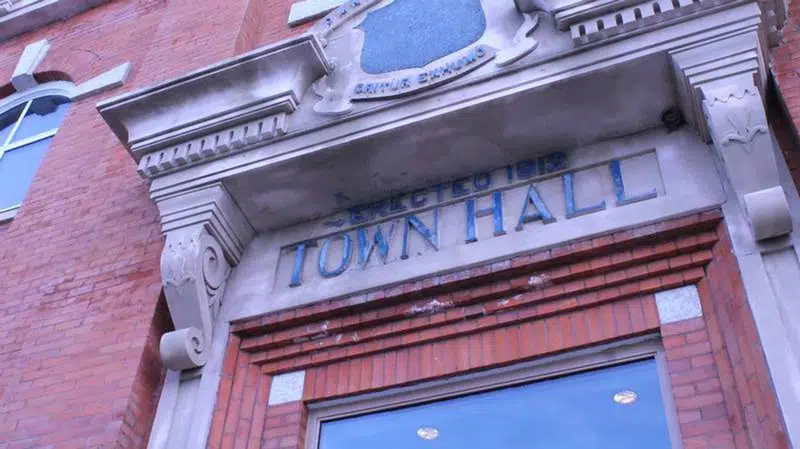
Town council tables talk on asset management plan to weigh fund collection method
How does town council want to invest in its infrastructure: a local improvement plan or by way of an infrastructure levy.
This question caused lawmakers in Battleford to table talks on an overall asset management plan as councillors were not ready to decide on which option they prefer.
The topic was brought up for discussion by administration as municipalities are required to have an asset management plan to be eligible for gas tax funding.
But there are two fundamental policy questions in front of council on how they want to raise funds to tackle the town’s $61 million infrastructure deficit and to what level of service they wish to provide.



